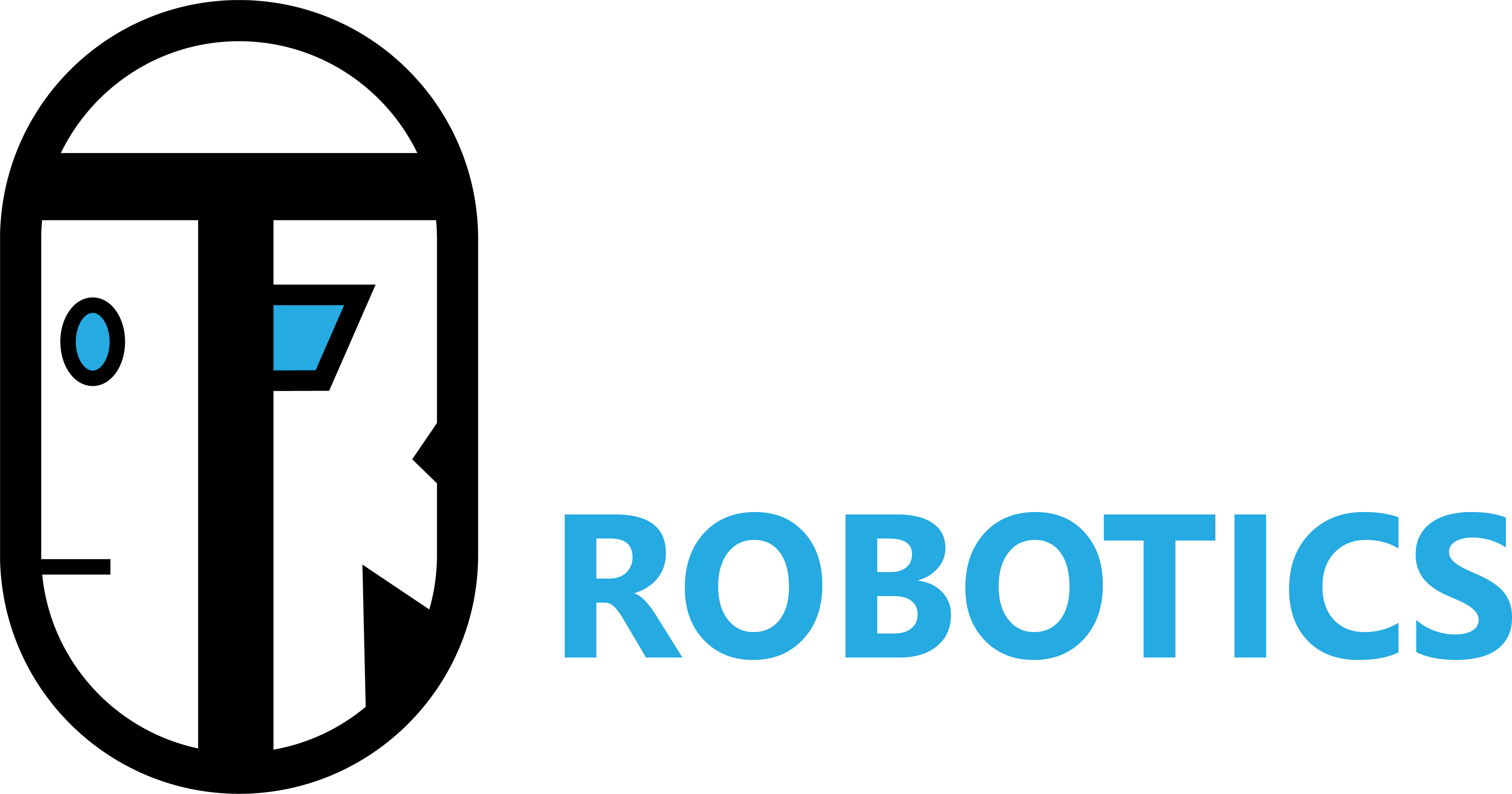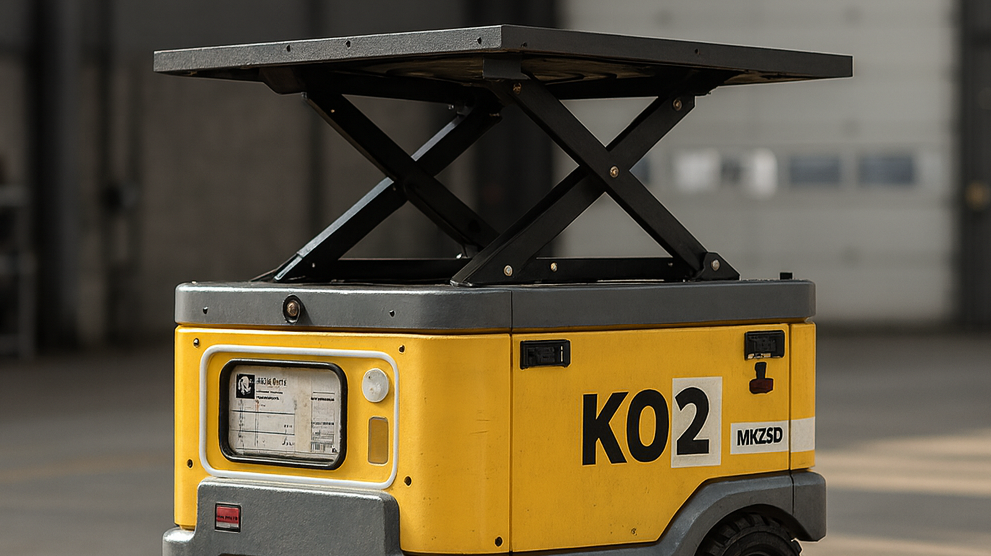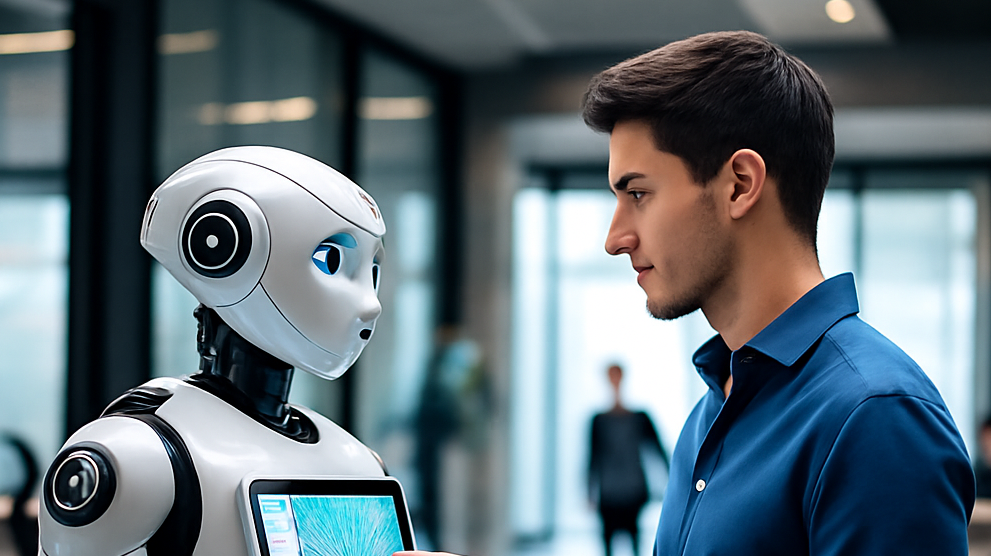The Rise of Autonomous Restaurants: How Dining Robots Are Shaping the Future of Dining Out?
2024-04-17

Introduction
In recent years, the concept of autonomous restaurants has emerged as a groundbreaking development in the ever-evolving landscape of the food service industry. Defined by their integration of robotic systems to automate various aspects of restaurant operations, these establishments represent a significant shift in the way we dine out. This article aims to explore the rise of dining robots and their profound impact on the future of dining out.
Evolution of Dining Robots
The journey towards autonomous restaurants can be traced back to early experiments in automation within the restaurant industry. From simple vending machines to automated order kiosks, technological advancements paved the way for the development of more sophisticated dining robots. Today, dining robots can be found in restaurants worldwide, serving as efficient assistants in tasks ranging from order taking to food delivery.
Advantages of Dining Robots
One of the primary advantages of dining robots lies in their ability to enhance efficiency in restaurant operations. By automating repetitive tasks such as order taking and food delivery, dining robots can significantly reduce wait times and improve overall service speed. Furthermore, their precision and reliability help minimize human error, leading to greater consistency in food quality and customer satisfaction.
Challenges and Limitations
However, the adoption of dining robots is not without its challenges. One of the primary barriers is the initial investment and maintenance costs associated with integrating robotic systems into restaurant operations. Additionally, concerns persist regarding the reliability of technology and the potential for malfunctions to disrupt service. Furthermore, there are ethical considerations surrounding the displacement of human workers and the impact on the traditional dining experience.
Impact on the Restaurant Industry
Despite these challenges, the rise of dining robots has the potential to revolutionize the restaurant industry. Beyond streamlining operations and reducing costs, autonomous restaurants offer opportunities for innovation and customization in menu offerings. With the ability to collect and analyze data on customer preferences, restaurants can tailor their offerings to meet the evolving needs and tastes of their clientele.
Cultural and Societal Implications
The emergence of autonomous restaurants also raises important questions about the intersection of technology and human interaction in social settings. As dining experiences become increasingly automated, attitudes towards automation and artificial intelligence may shift. Moreover, the accessibility and inclusivity of dining out may be enhanced through the integration of robotic systems, opening up new possibilities for individuals with disabilities or special dietary needs.
Future Outlook
Looking ahead, the future of dining out is undoubtedly intertwined with the continued advancement of dining robots. With ongoing developments in technology and design, we can expect to see further innovations that address current limitations and expand the capabilities of autonomous restaurants. However, it is essential to approach this future with careful consideration of ethical and regulatory implications, ensuring that the benefits of automation are balanced with the preservation of human dignity and connection.
Conclusion
In conclusion, the rise of autonomous restaurants represents a paradigm shift in the way we experience dining out. As dining robots continue to shape the future of the restaurant industry, it is crucial to recognize both their potential benefits and challenges. By embracing innovation while remaining mindful of ethical considerations, we can harness the transformative power of technology to create dining experiences that are efficient, inclusive, and memorable for all.





